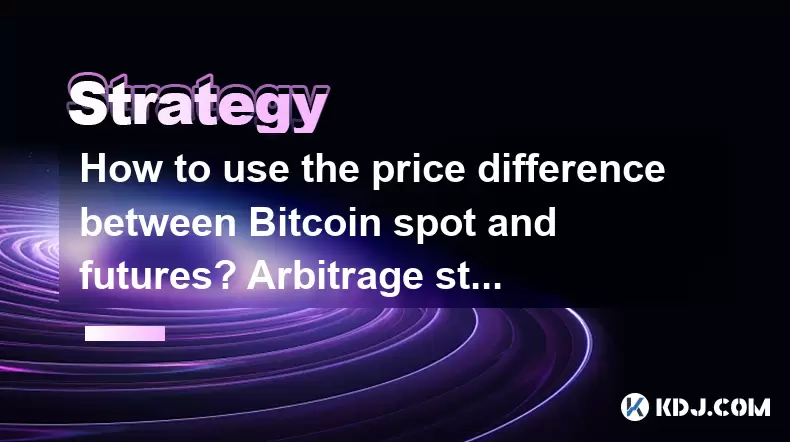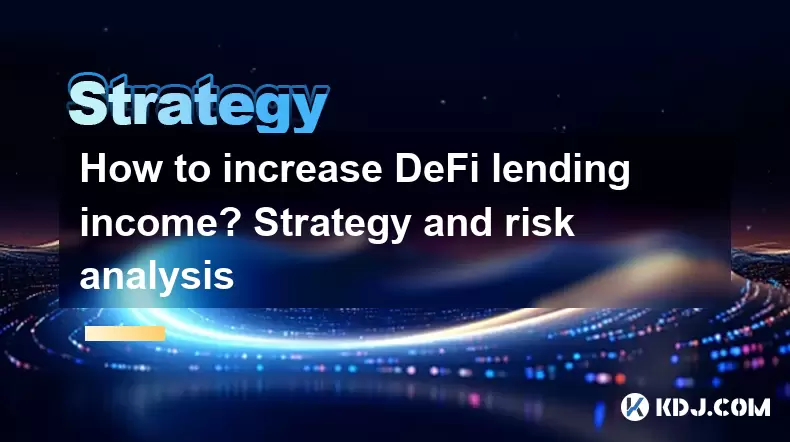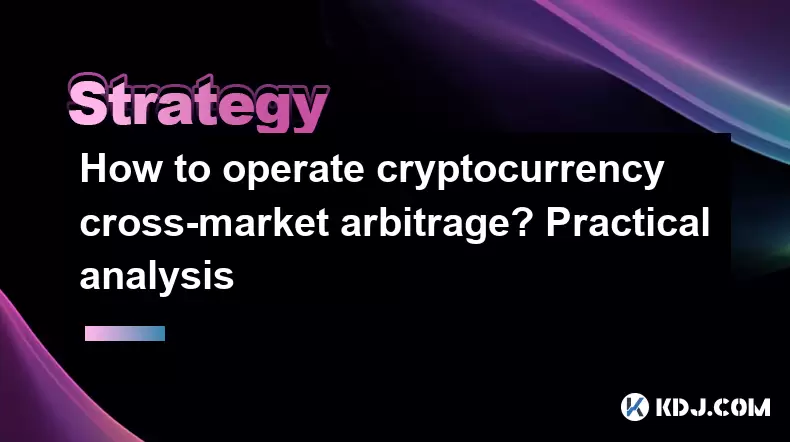-
 Bitcoin
Bitcoin $107,352.1067
0.28% -
 Ethereum
Ethereum $2,429.3531
-0.90% -
 Tether USDt
Tether USDt $1.0001
-0.02% -
 XRP
XRP $2.1894
4.62% -
 BNB
BNB $646.7968
0.36% -
 Solana
Solana $147.4290
4.03% -
 USDC
USDC $0.9998
-0.02% -
 TRON
TRON $0.2756
1.52% -
 Dogecoin
Dogecoin $0.1630
1.14% -
 Cardano
Cardano $0.5612
1.18% -
 Hyperliquid
Hyperliquid $37.0580
-0.05% -
 Bitcoin Cash
Bitcoin Cash $496.9410
-0.09% -
 Sui
Sui $2.7318
3.19% -
 Chainlink
Chainlink $13.1503
0.58% -
 UNUS SED LEO
UNUS SED LEO $9.0766
0.55% -
 Avalanche
Avalanche $17.7220
1.46% -
 Stellar
Stellar $0.2380
1.52% -
 Toncoin
Toncoin $2.8439
0.38% -
 Shiba Inu
Shiba Inu $0.0...01143
1.84% -
 Litecoin
Litecoin $85.8053
1.47% -
 Hedera
Hedera $0.1483
2.70% -
 Monero
Monero $314.3240
2.12% -
 Bitget Token
Bitget Token $4.6725
0.77% -
 Dai
Dai $1.0000
0.00% -
 Polkadot
Polkadot $3.3555
1.28% -
 Ethena USDe
Ethena USDe $1.0001
0.02% -
 Uniswap
Uniswap $7.0890
2.64% -
 Pi
Pi $0.5355
-3.40% -
 Pepe
Pepe $0.0...09393
1.06% -
 Aave
Aave $256.8136
-1.90%
Short-term skills for spot currency speculation
Spot currency speculation requires an understanding of order types, leverage, the order book, slippage, and spread for successful trading.
Jan 09, 2025 at 10:30 am

Key Points:
- Understanding the basic concepts of spot currency speculation
- Developing a trading strategy and risk management plan
- Identifying trading opportunities and executing trades
- Evaluating trade performance and making adjustments
Short-Term Skills for Spot Currency Speculation
1. Understand the Basics of Spot Currency Speculation
Spot currency speculation involves buying and selling cryptocurrencies for immediate delivery (spot), with the aim of profiting from price fluctuations. In contrast to futures or options trading, spot trading settles transactions promptly, typically within a few hours or less.
To grasp the fundamentals of spot currency speculation, you should familiarize yourself with key concepts such as:
- Order types: Market, limit, stop-limit, and others
- Leverage: Borrowing funds to amplify potential profits and losses
- Order book: A list of buy and sell orders at various price levels
- Slippage: The difference between the intended trade price and the price at which it executes
- Spread: The difference between the buy and sell price of a cryptocurrency
2. Develop a Trading Strategy and Risk Management Plan
A well-defined trading strategy and risk management plan are essential for successful spot currency speculation. Your strategy should outline:
- Market analysis: Technical and fundamental analysis techniques to identify potential trading opportunities
- Trade entry and exit criteria: Rules for determining when to enter and exit trades
- Position sizing: The amount of capital allocated to each trade
Your risk management plan should address:
- Stop-loss orders: Automated orders to limit losses in the event of adverse price movements
- Trailing stop-loss orders: Dynamic stop-loss orders that adjust to favorable price changes
- Position diversification: Spreading capital across multiple trades to reduce overall risk
- Risk-to-reward ratio: The potential reward relative to the potential loss for each trade
3. Identify Trading Opportunities and Execute Trades
Trading opportunities can be identified using various technical and fundamental analysis techniques. Common indicators include:
- Moving averages: Trailing averages of past prices to smooth out market fluctuations
- Momentum indicators: Measures the rate of change in price to identify trends
- Volume indicators: Indicators that assess the amount of trading activity
- Support and resistance levels: Key price levels that have historically acted as barriers to price movements
Once you have identified a trading opportunity, you should execute your trades promptly using an appropriate order type. Consider the impact of slippage and order priority when placing your orders.
4. Evaluate Trade Performance and Make Adjustments
Regularly evaluate the performance of your trades to identify areas for improvement. Measure your win rate, average profit, and drawdown (maximum loss). Analyze the accuracy of your market analysis and trading decisions.
Based on your evaluation, make adjustments to your trading strategy as needed. Adjust your entry and exit criteria, position sizing, or risk management techniques. Continuously seek to improve your trading skills and knowledge.
FAQs
Q: What is the difference between spot and futures trading?
A: Spot trading involves buying and selling cryptocurrencies for immediate delivery, while futures trading involves contracts to buy or sell at a specified price on a future date.
Q: What is leverage, and how does it work in spot currency speculation?
A: Leverage allows traders to borrow funds to increase their potential profits and losses. By using leverage, traders can control a larger position with a smaller amount of capital.
Q: How can I mitigate the risks involved in spot currency speculation?
A: Implement a comprehensive risk management plan that includes stop-loss orders, trailing stop-loss orders, position diversification, and risk-to-reward ratios.
Q: What are some common mistakes to avoid in spot currency speculation?
A: Overtrading, failing to manage risk, chasing losses, and relying solely on emotions in decision-making.
Q: What is the best strategy for spot currency speculation?
A: There is no one-size-fits-all strategy for spot currency speculation. The most effective strategy depends on your individual risk tolerance, trading style, and market conditions.
Disclaimer:info@kdj.com
The information provided is not trading advice. kdj.com does not assume any responsibility for any investments made based on the information provided in this article. Cryptocurrencies are highly volatile and it is highly recommended that you invest with caution after thorough research!
If you believe that the content used on this website infringes your copyright, please contact us immediately (info@kdj.com) and we will delete it promptly.
- Ripple, CEO, and the XRP ETF Buzz: What's Next?
- 2025-06-29 00:30:13
- Ripple (XRP) and Crypto Analysis: Navigating Trends and Insights
- 2025-06-29 00:30:13
- Aave Price Bull Rally: Can AAVE Defend Its Critical Support Zone?
- 2025-06-29 00:50:12
- BlockDAG, Avalanche, Airdrop: Shaking Up the Crypto Scene with Innovative Strategies
- 2025-06-29 00:50:12
- Ethereum to $10,000? Crypto Analysts Weigh In on ETH's Ambitious ATH
- 2025-06-29 00:35:12
- Zilliqa 2.0: EVM Support and Protocol Overhaul Usher in a New Era
- 2025-06-29 01:10:13
Related knowledge

What are the skills of Bitcoin option hedging? Practical case sharing
Jun 24,2025 at 04:01pm
Understanding Bitcoin Option HedgingBitcoin option hedging is a risk management strategy used by traders and investors to protect their positions in the volatile cryptocurrency market. By using options, individuals can limit potential losses while retaining the opportunity for profit. In essence, it allows one to insulate against adverse price movements...

How to use the price difference between Bitcoin spot and futures? Arbitrage strategy
Jun 20,2025 at 02:56pm
Understanding Bitcoin Spot and Futures MarketsTo effectively leverage arbitrage opportunities between Bitcoin spot and futures markets, it's essential to understand the fundamental differences between these two types of markets. The spot market refers to the direct buying and selling of Bitcoin for immediate delivery at the current market price. In cont...

How to increase DeFi lending income? Strategy and risk analysis
Jun 24,2025 at 02:08pm
Understanding DeFi Lending and Its Income PotentialDeFi (Decentralized Finance) lending has emerged as a popular way to earn passive income in the cryptocurrency space. Unlike traditional banking systems, DeFi lending platforms allow users to lend their crypto assets directly to borrowers without intermediaries. The lenders earn interest based on the su...

How to operate cryptocurrency cross-market arbitrage? Practical analysis
Jun 23,2025 at 04:01am
Understanding Cryptocurrency Cross-Market ArbitrageCryptocurrency cross-market arbitrage involves taking advantage of price differences for the same digital asset across different exchanges. The core idea is to buy low on one exchange and sell high on another, capturing the profit from the discrepancy. This strategy relies heavily on real-time market da...

How to make profits from high-frequency cryptocurrency trading? Sharing core skills
Jun 19,2025 at 05:07pm
Understanding High-Frequency Cryptocurrency TradingHigh-frequency trading (HFT) in the cryptocurrency market involves executing a large number of trades at extremely fast speeds, often within milliseconds. This method relies on small price discrepancies across exchanges or within a single exchange’s order book. Traders use complex algorithms and ultra-l...

What are the methods of cryptocurrency quantitative trading? Detailed analysis
Jun 22,2025 at 11:07pm
Understanding the Core of Cryptocurrency Quantitative TradingCryptocurrency quantitative trading refers to the use of mathematical models and algorithms to execute trades in the digital asset market. Unlike traditional discretionary trading, which relies heavily on human judgment, quantitative trading leverages data-driven strategies to identify profita...

What are the skills of Bitcoin option hedging? Practical case sharing
Jun 24,2025 at 04:01pm
Understanding Bitcoin Option HedgingBitcoin option hedging is a risk management strategy used by traders and investors to protect their positions in the volatile cryptocurrency market. By using options, individuals can limit potential losses while retaining the opportunity for profit. In essence, it allows one to insulate against adverse price movements...

How to use the price difference between Bitcoin spot and futures? Arbitrage strategy
Jun 20,2025 at 02:56pm
Understanding Bitcoin Spot and Futures MarketsTo effectively leverage arbitrage opportunities between Bitcoin spot and futures markets, it's essential to understand the fundamental differences between these two types of markets. The spot market refers to the direct buying and selling of Bitcoin for immediate delivery at the current market price. In cont...

How to increase DeFi lending income? Strategy and risk analysis
Jun 24,2025 at 02:08pm
Understanding DeFi Lending and Its Income PotentialDeFi (Decentralized Finance) lending has emerged as a popular way to earn passive income in the cryptocurrency space. Unlike traditional banking systems, DeFi lending platforms allow users to lend their crypto assets directly to borrowers without intermediaries. The lenders earn interest based on the su...

How to operate cryptocurrency cross-market arbitrage? Practical analysis
Jun 23,2025 at 04:01am
Understanding Cryptocurrency Cross-Market ArbitrageCryptocurrency cross-market arbitrage involves taking advantage of price differences for the same digital asset across different exchanges. The core idea is to buy low on one exchange and sell high on another, capturing the profit from the discrepancy. This strategy relies heavily on real-time market da...

How to make profits from high-frequency cryptocurrency trading? Sharing core skills
Jun 19,2025 at 05:07pm
Understanding High-Frequency Cryptocurrency TradingHigh-frequency trading (HFT) in the cryptocurrency market involves executing a large number of trades at extremely fast speeds, often within milliseconds. This method relies on small price discrepancies across exchanges or within a single exchange’s order book. Traders use complex algorithms and ultra-l...

What are the methods of cryptocurrency quantitative trading? Detailed analysis
Jun 22,2025 at 11:07pm
Understanding the Core of Cryptocurrency Quantitative TradingCryptocurrency quantitative trading refers to the use of mathematical models and algorithms to execute trades in the digital asset market. Unlike traditional discretionary trading, which relies heavily on human judgment, quantitative trading leverages data-driven strategies to identify profita...
See all articles
























































































